In today’s Q & Cake (our own fancy version of Q & A) Elisabeth and Cami discuss several questions from listeners about getting started in your stationery business without testimonials, structuring sales calls, and how to incorporate educational content into your brand strategy without confusing your current audience. These are questions from fellow artists, calligraphers, designers, stationers, etc. that will hopefully help you in your own biz journey as a creativepreneur!
Let’s be friends! Find us on Instagram http://instagram.com/bizbirthdaybash @bizbirthdaybash. For all show notes please visit http://www.bizbirthdaybash.com/podcast
Grab your FREE Training — 4 Essentials You Need to Turn Your Biz into a Profit Party: https://bizbirthdaybash.com/free-training
Just finished listening to your Dubsado episode, and I LOVEEEE it so far. I started a few months ago with the trial clients and then waited for the Black Friday sale and combined that with your affiliate link (YAY!), so it’s super affordable. Honestly, it seems so worth it to me that even without a sale or discount code, I would have been happy to spend the money. Anyway….. my question is: When you send proofs and then subsequent rounds of edits, do you keep the previous proof forms available for your clients on their portal or do you remove old proofs and only have the most recent/current proofs so they don’t get confused? Personally, I would like to be able to go back and compare the proofs, but, for a lot of my clients, I think they would be confused if they had access to more than one form labeled “proofs” in their portal. – @hazeleyedesigns
Cami (3:15)
I don’t delete the old proofs. I just simply label them as proof, round one of three and proof, round two of three. They’re all just labeled in there, soI don’t really feel the need to delete them. I don’t even know if they even go back and look at the old stuff in their portal. But I don’t think they would get confused. As long as you’re naming your proofs in a way that makes sense. So it’s not just like invitation proof, invitation proof invitation proof, because then that would get very confusing. But if you say like proof round one, final proof etc. that shouldn’t become confusing in the Dubsado client portal.
Elisabeth, you’ve inspired us to want to start doing phone calls with someone after they inquire on our website. Like you said, we feel like this phone call could be very beneficial in selling our services and help soften the estimate to not scare brides away. The problem is we’re not sure what all to cover and how to handle the conversation…AH! How in-depth is this phone conversation for you and what topics do you usually cover? – @berriesandbloomsstudio
Elisabeth (8:36)
That is a great question. And I am going to go ahead and pull up my handy dandy form on the back end, so that I can kind of read through this for you guys. It’s called my lead form questionnaire. And so long story short, I used to have this lead from client facing on my website. It contains a ton of questions. And it was a lot of different things for them to try to figure out and check off what they wanted without necessarily having the education or the knowledge of what each of those terms meant. So what I ended up doing is that my client-facing form on my website now is a lot shorter. You can see it at elisaannecalligraphy.com if you want to take a look. And basically, I get their name, the event date, their budget, the destination for their wedding. Now, the lead-capture form contains like five questions as opposed to the like 18 that it used to be.
So when they schedule a phone call with me, what I do is I just walk through and ask them all of the questions that I used to have on this longer lead form that used to be client-facing. So I asked him the name of their fiance. I asked them how they heard about me where their wedding venue is. Then we talk about budget, a little more in-depth.
And then one of the big things I do is like Tell me about your love story and how it pertains to what you want for your wedding invitations because that leads to a lot of really great conversation where sometimes you can strike some common ground or just find things that sparks of mutual interest get you excited for creating the invitations for them, because the more genuine excitement you can have for them during this phone call, like, the better the phone call is going to be in general, and you just want to make a connection with them. Because I think that really, really helps when it comes to doing sales, especially verbally.
Then I ask them about whether or not they’re having a wedding planner involved in the design process. So, I ask if I’ll be speaking with them or the wedding planner, and we talk a little bit about logistics for how that all looks. And if they want to pass it off to the wedding planner, eventually, that’s fine, but I need one point of contact. So I kind of go through that.
And then I start doing a lot of like the educational part of the phone call. So I start off with the printing method. And I go through the differences between digital and foil and letterpress, and a lot of times I’ll ask them upfront, like, do you have any idea what printing methods you want to use for your invitations? Are you totally clueless and you want me to give you a little bit of a rundown? Because sometimes they’ll come in and they’ll be like, yeah, I really want letterpress, I know, that’s exactly what I want. But a lot of times like at least with my inquiries recently, they just have no idea. And they don’t know, I’m working at trying to get out of that level of clientele like I would really like to have someone come to me to be like, I want letterpress or have a little more semblance of what they want, or have a wedding planner that’s helping them guide them on what they want. But I do a lot of education to explain the different printing methods, a little bit of how they’re done, and how that contributes to the variance in cost. Because obviously, that’s a big thing for a lot of clients. Like if you want to save money, you’re probably going to do digital and flat printing instead of foil and letterpress.
So then I ask them how many invitation sets they think they need. I remind them to take into account for one per household. And what does that actually mean? Because people get really confused about that. And sometimes they’ll be like, I need 200. And I’m like, no, that should probably be your guest count, you probably only need 100 invitations. And we walk through that. And then the last little piece I do is the list of elements they’re hoping to have included in this suite. And I check those things off, such as like the calligraphy envelope, addressing envelope liners, wax seals, all these little add ons, and I kind of walked through all of those with them.
And I just spent a lot of time throughout the phone call reassuring them that I will take care of them every single step of the way through the process. And that if we book, you know, and they pay to book me that we still have flexibility later on to change some of these things. And that this doesn’t mean that they are completely, like hardwired or stuck in what we’ve discussed during this phone call. Because a lot of times if they book you out far enough in advance, you have a lot of time till you start their design.
So I basically wrap up the phone call by being like, let’s be friends on Instagram, what’s your Instagram handle, I’m going to give you a follow. Let me know if you have a Pinterest board that you want me to rub first and take a look at you can shoot that to me via email. And I kind of like wrap it up there and then let them know that they’re going to hear from me in two to three business days with the proposal and the quote. So there you have it. That is a very, very thorough overview of like, everything I cover on the phone call with a client.
Hello Cami & Elisabath,
First of all I want to tell you both that I love your show and I listen to it every morning. I am a new wedding stationery designer here in Dallas, TX and am DIY-ing my website right now. I am planing to launch my business later this summer. My question to you both is that I have never worked with any customers before, so I don’t have any testimony and credibility to showcase on my website . So I would like to know if you have any tips to help newbies like me to get people to trust me and hire me as their designer? I am sure people nowadays don’t really want to work with someone that have zero review on the internet right? This is a big concern for me. Also, how long did it take you girls to accumulate your own testimonies and have your work showcase on magazines…etc.
Thank you so much. Hope to hear from you girls soon. @meaningfulpapers
Cami (16:33)
Yeah, I mean, obviously, when you’re first getting started, and you don’t have any client work to showcase, it can feel like overwhelming unless you’re like, how will I get anyone without anyone like it’s like, it’s kind of like how you have to have, like four years experience to get this job you’re like, but I need this job. So I can get experience like it’s just, it’s very confusing.
So we’ve always have talked about doing mock-up suites and just creating the type of work you would like to do. So you’re able to showcase that. So you’re not going to have testimonies at first, but at least you’re going to have examples of things you’re able to do.
And your example should be the type of work that you want to do. Like if you want to do watercolor, like don’t put pictures of handmade paper like don’t just create for the sake of creating be intentional about the type of work you’re creating. So you can be very focused on the type of clients you’re trying to attract. And then just keep practicing that and practicing that over and over again, to have all these images ready to go on your website and your Instagram, because having that visual reminder is going to be like really helpful to be like, okay, they can actually they actually do know how to do this. It’s not just like, they say they’re a designer and never seen anything they’ve done. So you want to just keep making those mock suites, of course. And then from the first client, you land, because you will land on eventually, and just understand like your first one or two clients, you probably will take them on a lower price point because you don’t have experienced yet. So this is like the perfect time to, you know, take note of every part of the process, like what went wrong, what right, and just like hone that in. So for the next client, you’re able to just like keep building it and making it better and better and better.
And you want to work really, really hard to do a great job on the first clients, you can get an amazing testimonial from them, and make it a point to get that testimonial like don’t just expect them to leave your review if you don’t ask them and follow up with it. And maybe with your first few clients, you give them some sort of incentive to leave your review, whether it’s like, Hey, I can give you like 10% off escort cards for your day-of details. If you leave me a review on these three websites, I like that kind of thing. Because those are really, really important to get those words from your clients.
So yeah, don’t get discouraged if you don’t feel like you have all those testimonies yet just keep working on putting out that work that truly speaks to you. Because the right clients will find you if you have that distinctive style.
Elisabeth (19:00)
And I was gonna chip in and say that a lot of the time, like Cami was mentioning, your work can speak for itself. If they love what they see, I don’t think they’re gonna really care as much necessarily what people are saying about it right in that moment. Because if you can confidently present them with your work, and they have a good experience when they’re inquiring with you, or maybe they heard about you from a friend or something else, then you’re going to be able to move forward with people regardless of whether or not there are reviews on your site.
So I used to think that it was like a really big deal to have a page on my website dedicated only to reviews. But now what I have is they’re kind of sprinkled really like low key throughout my site just as a little added boost. Because I really want my work to speak to the client or the lead first before they maybe see what someone else is saying about it. I want them to have a real connection with me and what I’m doing. And so I think you’re probably getting hung up on how Important reviews are like, Yes, in the long run, I think it’s important to have good reviews. But when you’re building a website, that’s it’s very different from an Etsy shop where I feel like people make like a one judgment call based on the amount of stars and reviews, you have an Etsy shop, I just think they’re totally different territories. So don’t let yourself get hung up in that like, five-star mentality type of thing with your website, because you have so much more creativity and freedom in that space to express yourself and how you present your work without having to put a bunch of complimentary words all over it.
Do you have any recommendations for creating educational content?
Specifically:
– Keeping it on your website as a downloadable file vs. a platform like Skillshare.
Cami (26:08)
This is the worst answer everyone hates. But it totally depends. It really depends on what type of educational content you’re putting out there. How you want to get paid for that educational content, what the goal of it is, like, is your goal truly to make money? Or is it to like grow your audience in terms of educational space, like if you’re trying to, you know, make some passive income and like, grow that educational audience, I feel like putting on a platform like Skillshare, where it’s just like one and done, but you don’t make the full profit from it. I think that’s right, right, like Skillshare, obviously has to make some money from it,
make a cut of it.
Yeah, that might be something to do there. Because like, it’s kind of like how Etsy has a built-in audience for a shopping list. Skillshare has a built-in audience for learning. So you’re able to, like, grow, like your audience that way. And then if you keep it on your own website, as a downloadable file, it’s like a PDF sort of thing, you truly make all the money from that. So that’s like, if your goal is just to have like a source of passive income and make money, that would be a great way to do it. But also keep in mind, you’re gonna have to do all the promoting and marketing for that as well. So it depends on what type of educational content. What do you think, Elizabeth?
Elisabeth (27:19)
Yes, this is kind of a loaded question. Because there are so many ways to approach this. Yeah. In terms of what you want to offer because skillshare is obviously all video-based. So are you wanting to record your lessons and do it like that? Or are you wanting to record like you asked, or create a downloadable file, like a PDF that people can just buy off of your website? So it is really hard to answer objectively, for sure, in terms of like, how to approach this. So I would take a little time to brainstorm and kind of figure that out. But I feel like trying to offer some educational content on your own site first never hurts, especially if you want to join Skillshare eventually because then you’re already going to have an audience of people following you.
– Will this confuse or feel weird to your followers that are clients/potential clients?
Elisabeth (28:28)
So Cami was on Cami Monet talking about things I was talking about things over on ElisaAnne Calligraphy. And then, from there, Biz Birthday Bash was born. And we realized that we had very different goals, obviously, for our audiences that were going to be clients or wedding related or in Cami’s case, people who are buying products versus people who wanted educational things from us. So we got really intentional, probably back in 2019, right when we were like, we’re going to try to put a ton into his birthday bash in terms of not our educational platform specifically, which is why this podcast was born.
So, you can keep those things separate so that it truly does stay client facing in your creative business. That might be something for you to consider in the future. But there’s a lot of people who do the hybrid really well like Holly of Sable Wood Paper Co., she does not only products and weddings, but also has educational content, and it’s all on one website and I think she balances it perfectly. So it’s up to you. It’s just kind of one of those things that you kind of have to figure out as you go because you never really know where it’ll take you. I mean like Cami and I had no idea that we would be founding like a full-blown official LLC for Biz Birthday Bash.
– Best practices/tools to use for recording audio/visual equipment. – @ladybirdpaperco
Elisabeth (32:25)
If you really want to know all about our recording, setup, and everything, you should go back and listen to the episode, we have all about creating a podcast, because we cover everything in there. You can listen to episode 29, The Inside Scoop on Starting & Running a Podcast here.
In terms of visual equipment, I mean, Cami and I just use our iPhones a lot. There are no fancy cameras or anything going on here. Like even when I did my YouTube channel, I used my iPhone for everything. Yeah. And that is the beauty of modern technology is that you can do that now and totally get away with it. So that is something else that you can also explore and kind of figure out as you go along. But if you do move into something like Skillshare, or online courses, you are going to want to maybe a lot of people just outsource or hire someone to help them with filming. So that could be something that you would think about in the future.
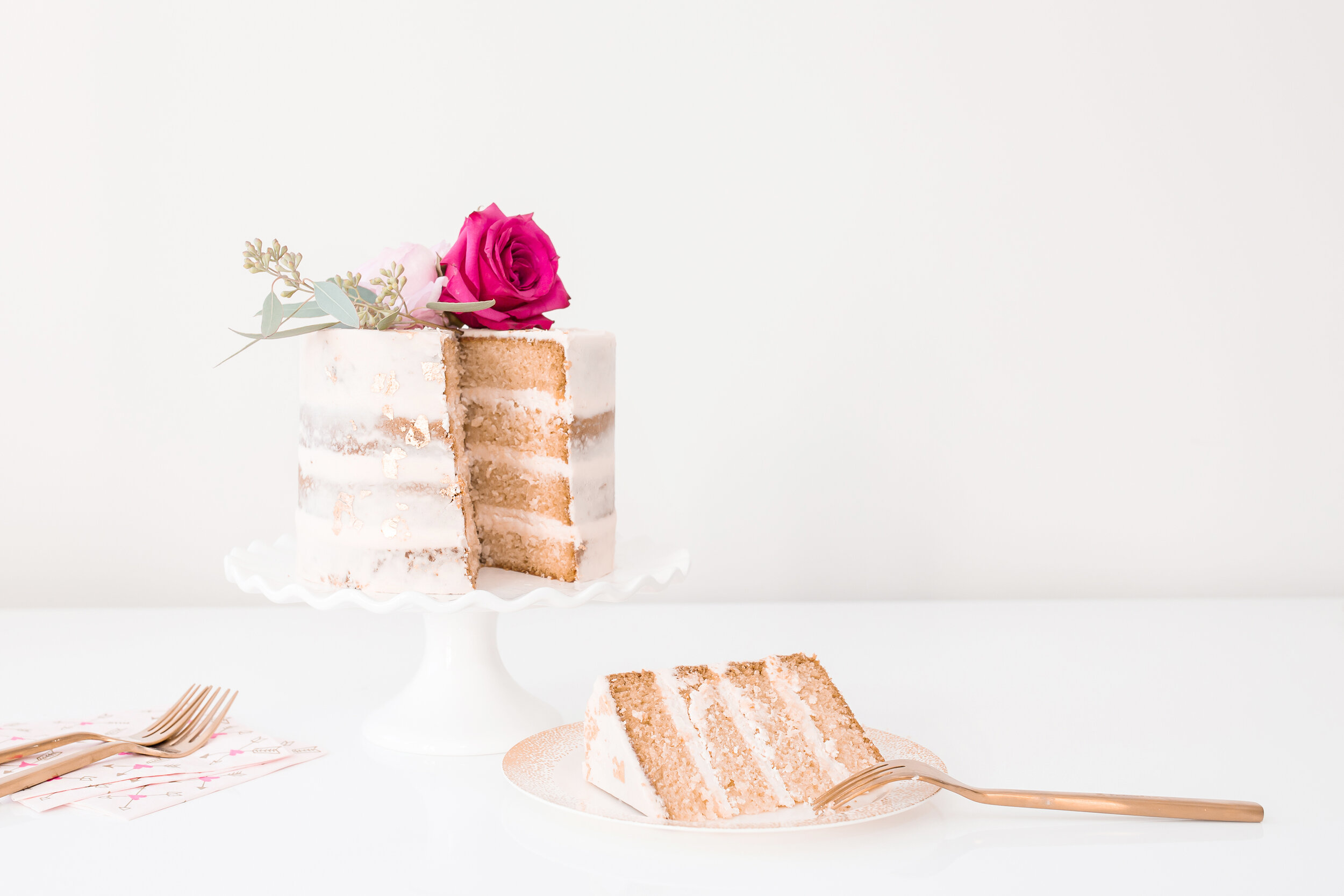
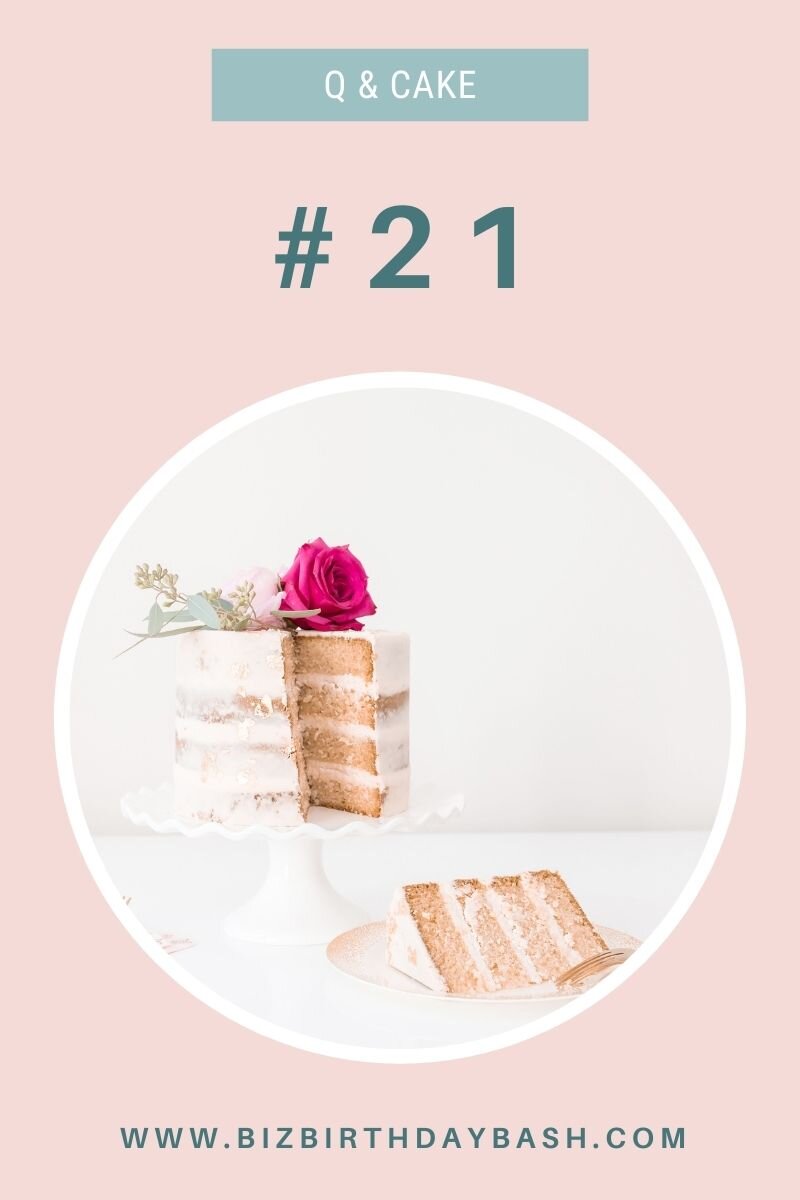
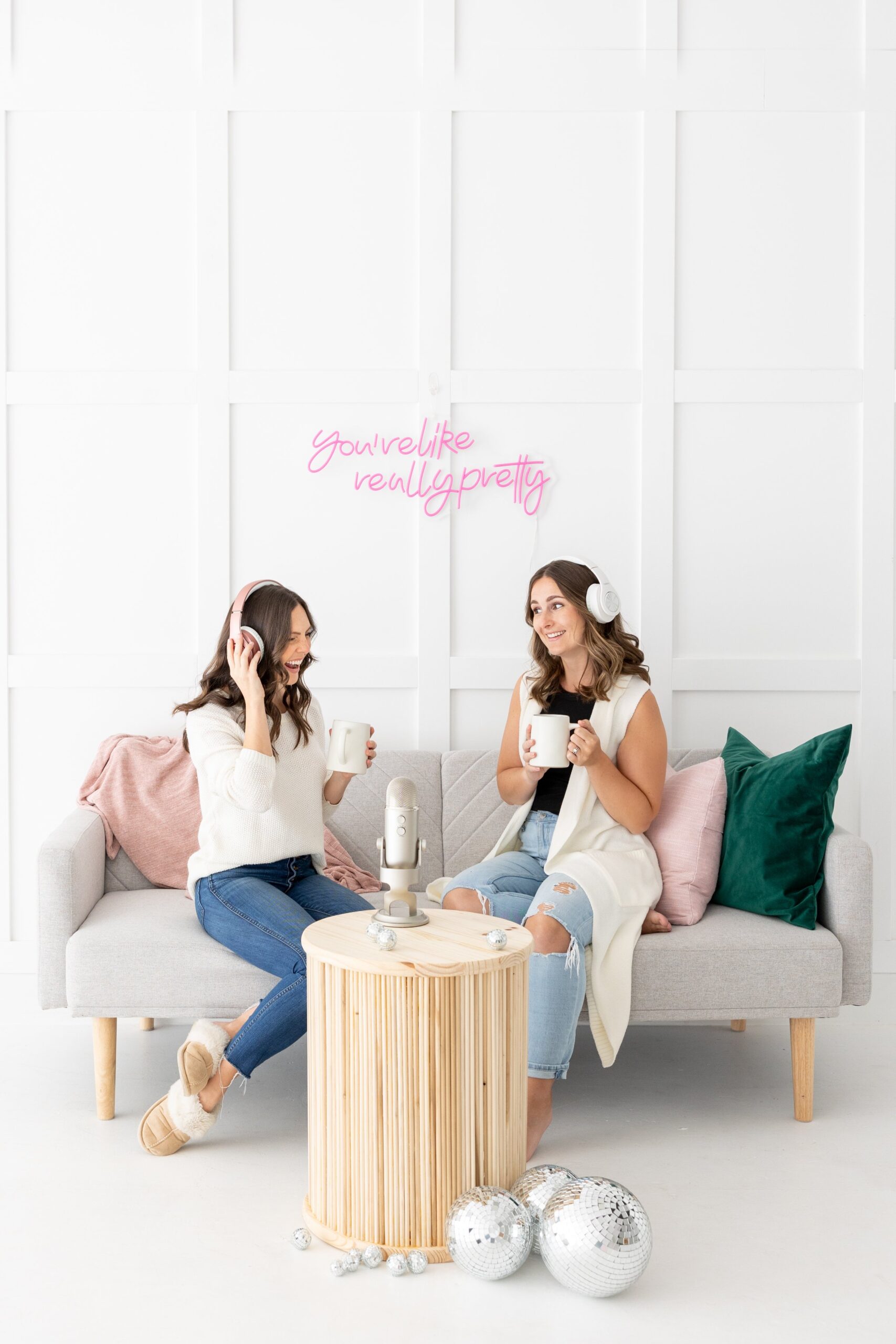
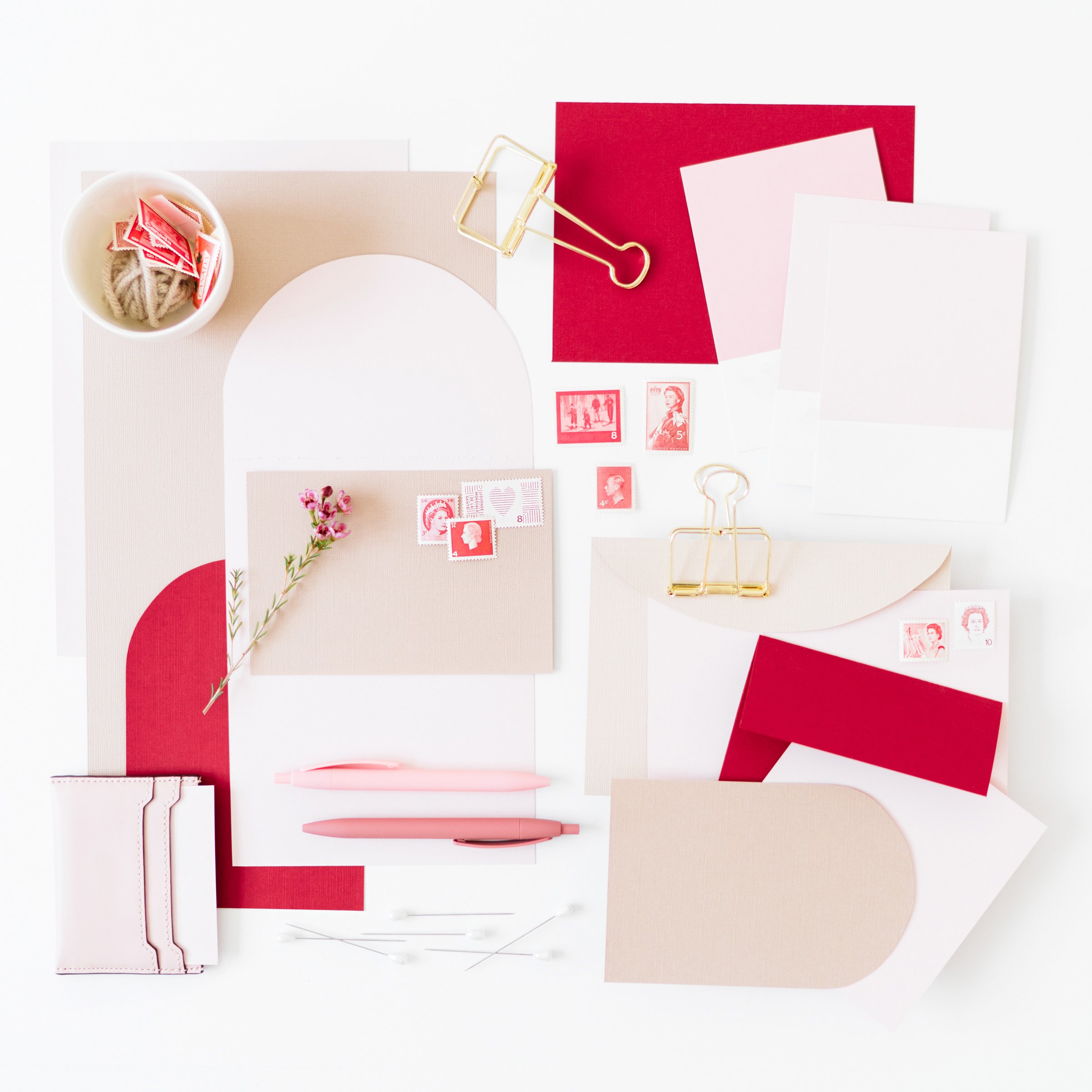
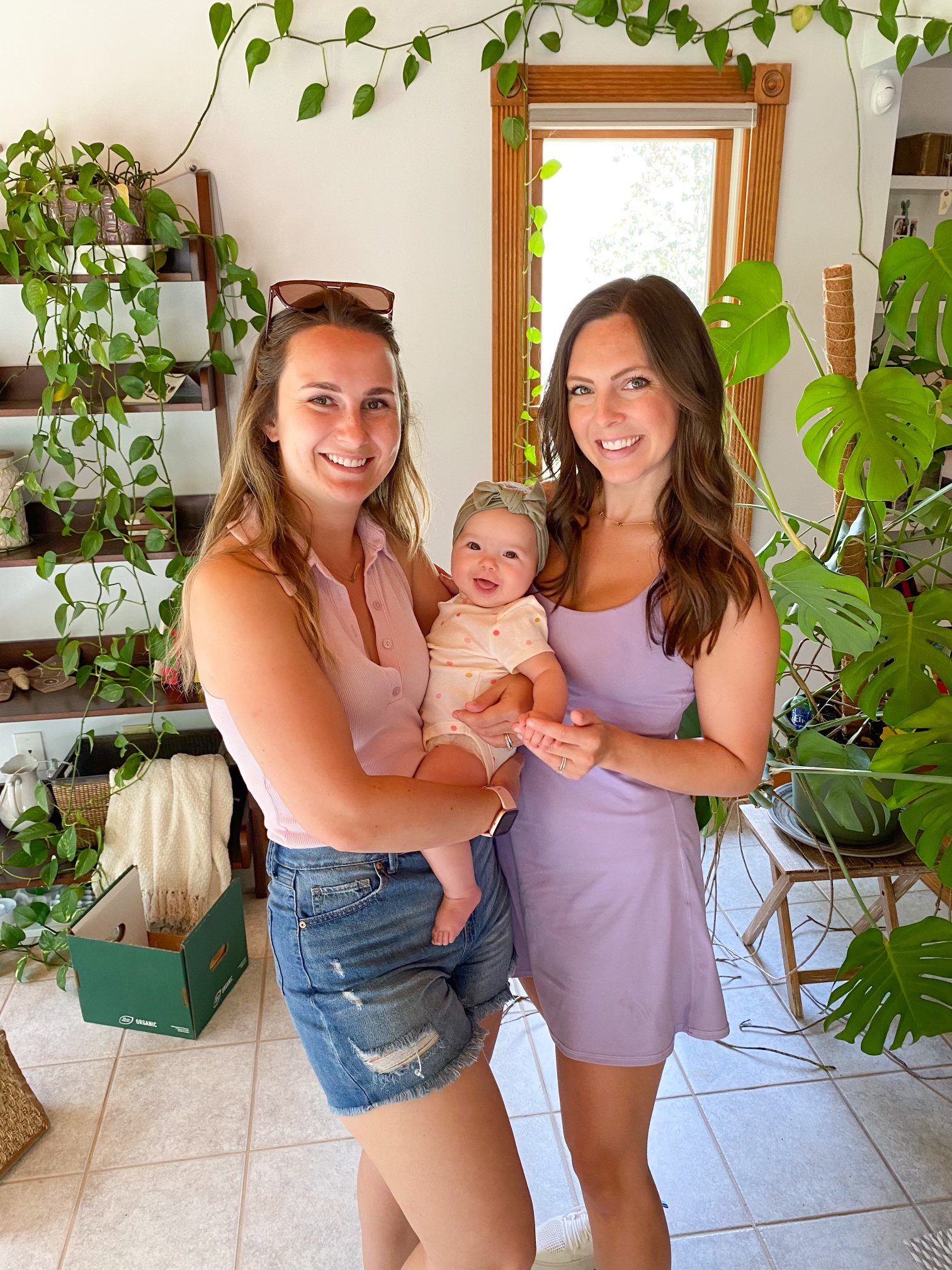
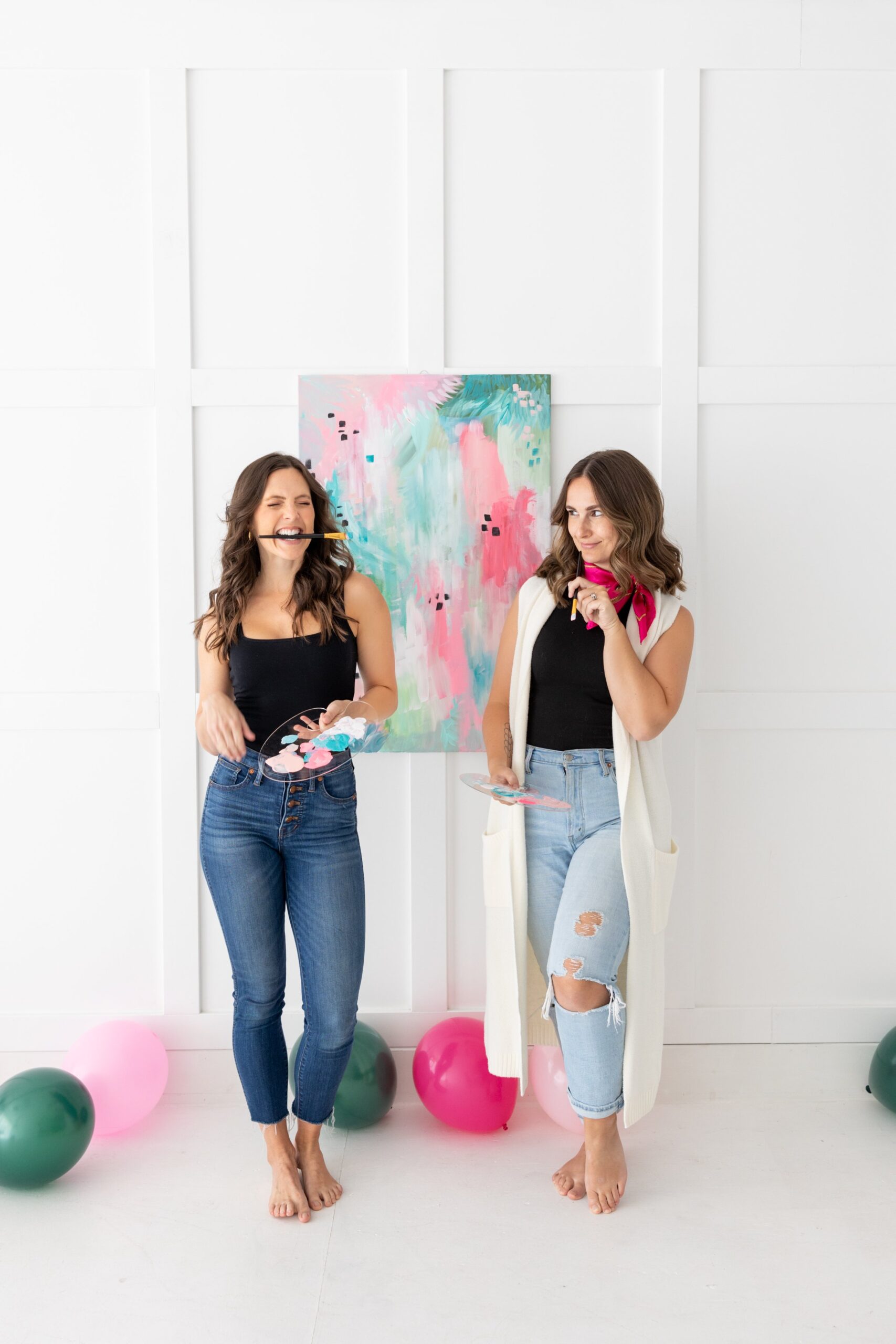
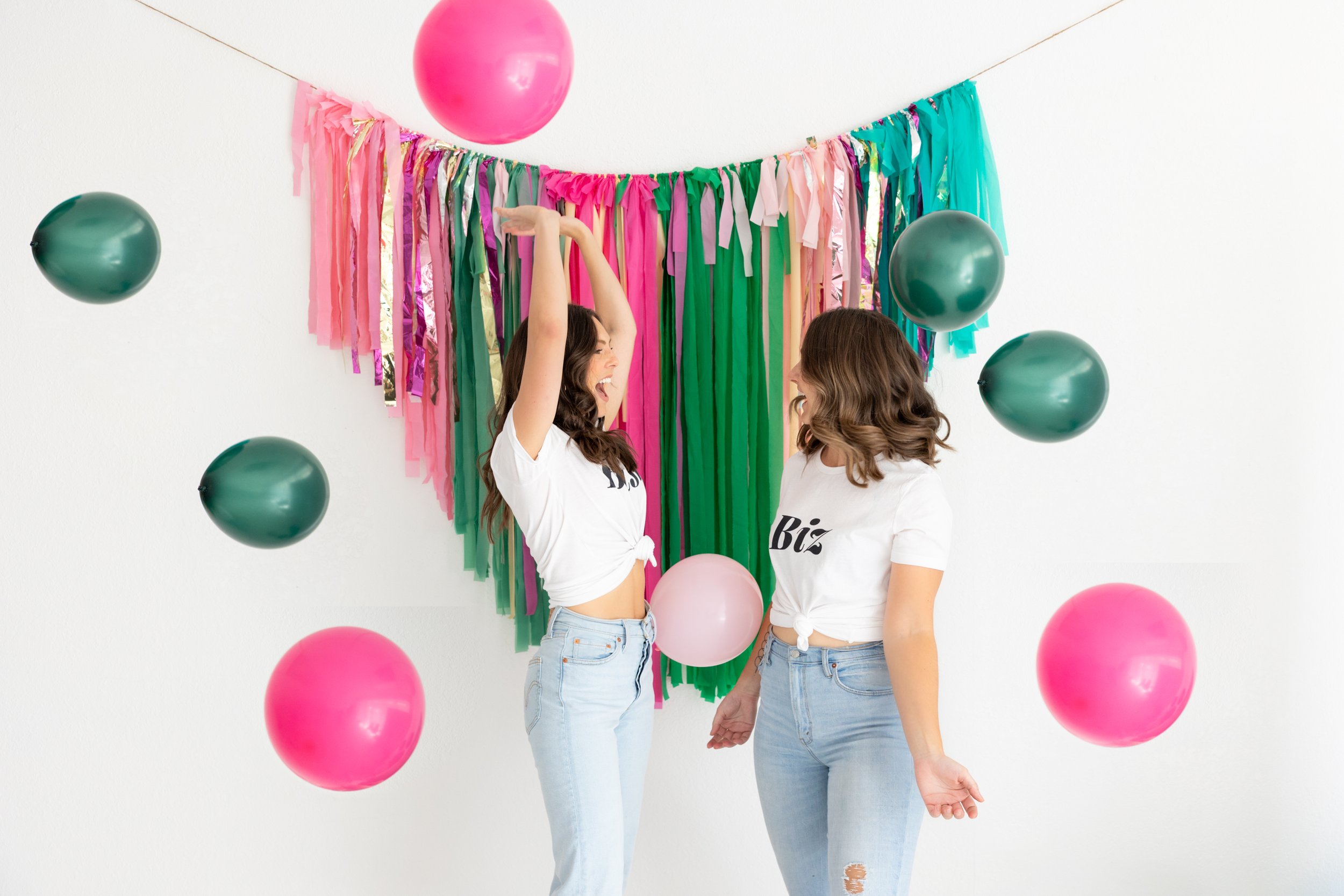
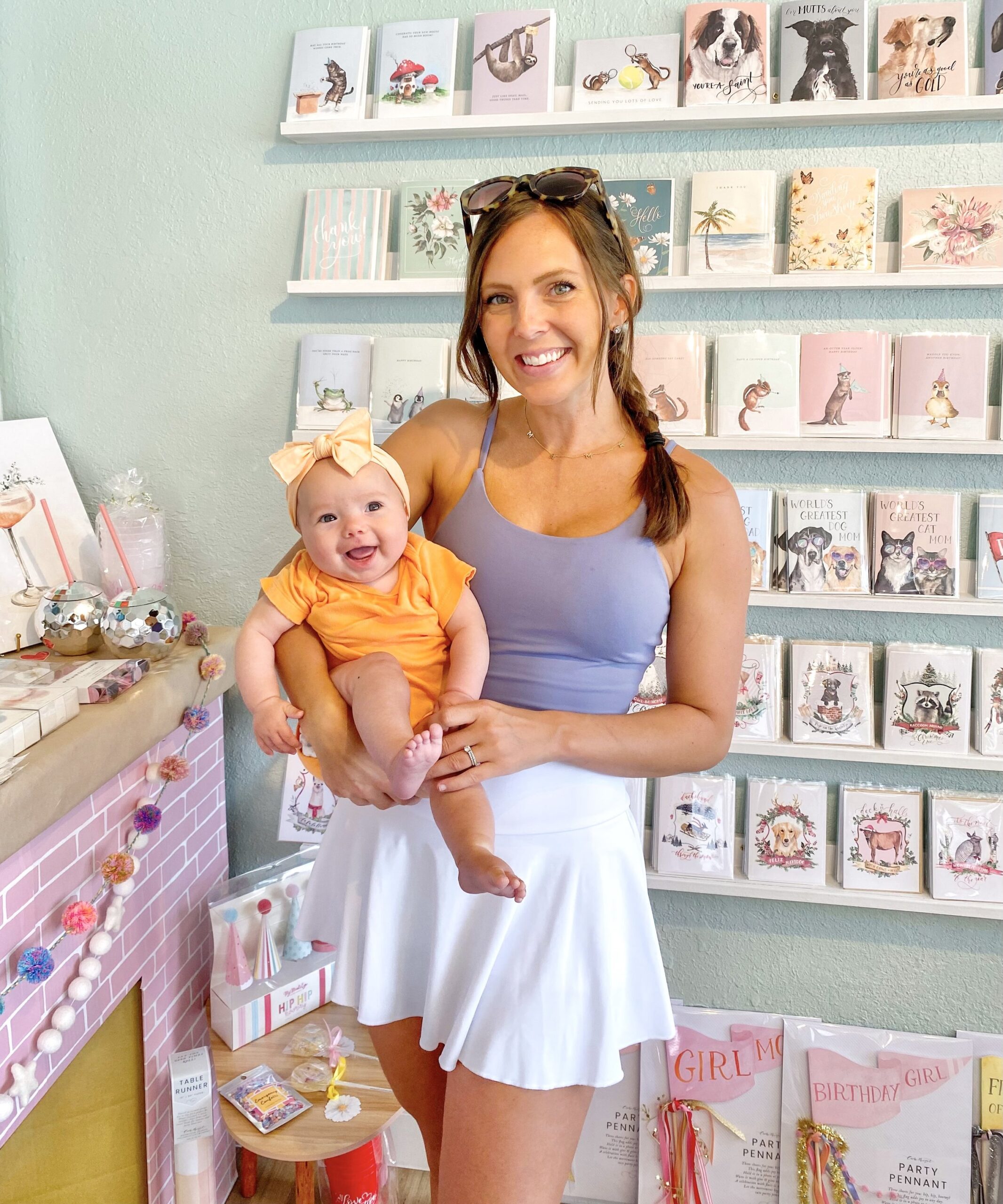
+ show Comments
- Hide Comments
add a comment